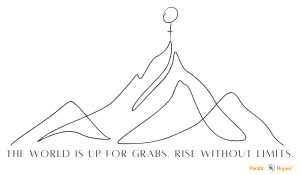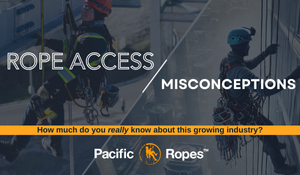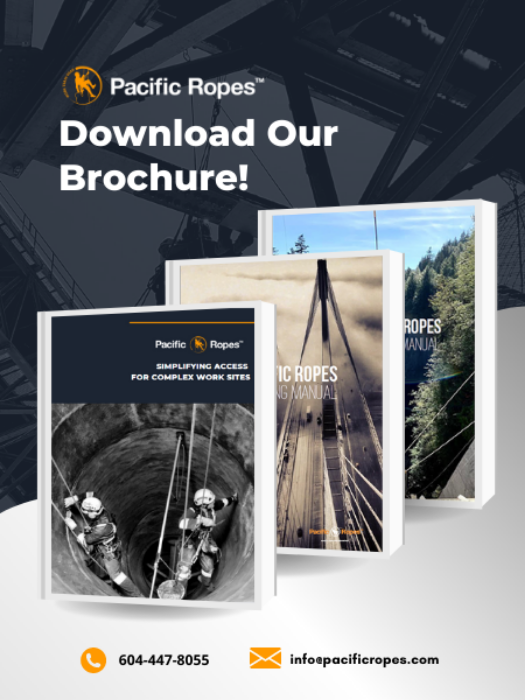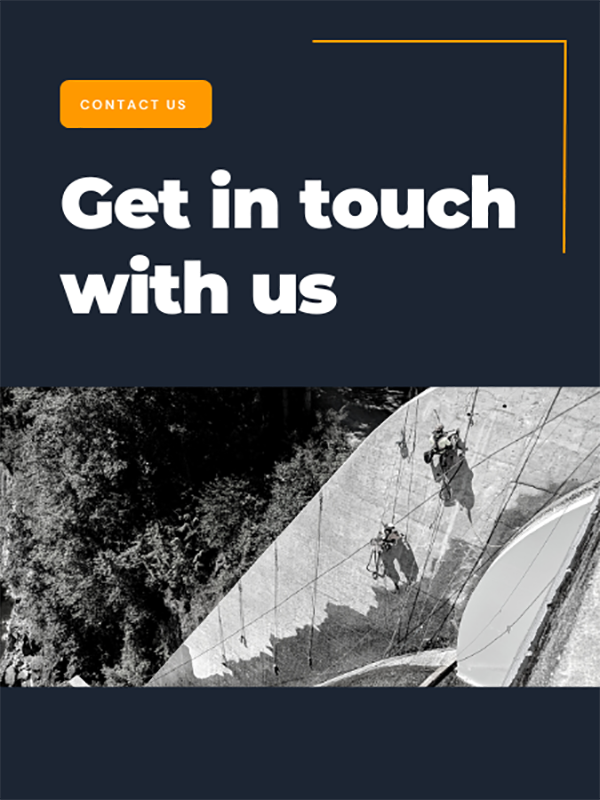**DISCLAIMER: This is not the official WorksafeBC website. The posts below are merely our interpretation and not official WorksafeBC regulation. To make sure you comply, please visit https://www.worksafebc.com/en.
Before any rope access work can be implemented on site, a few pre-planning tasks need to be completed. Included in this pre-planning stage is the creation of the Rope Access Plan. Not only is it required under Part 34-Section 3 of the WorksafeBC Regulation. But, it's also required if you have chosen to follow IRATA and/or SPRAT standards. So what do you need to include in a Rope Access Plan?
Elements of a Rope Access Plan
- Hazards associated with the task at hand. When identifying hazards, ask yourself these questions:
- What risks exist in the location that I'll be working in?
- What risks exist in the task at hand?
- What risks are there to the people around me?
- Controls. Now that you've identified all the potential hazards, now comes the part where you explain how you will reduce those risks. These actions are called controls. Ideally, you'll follow the hierarchy of controls to determine the most effective controls for that hazard. First you want to try to avoid the hazard (using elimination). If that isn't possible, then you want to try to prevent the hazard (using engineering or administrative controls) . If this isn't possible, then the last solution is to mitigate the hazard (using PPE). This part is where you'll also determine what type of exclusion zone you'll need to create.
- Description of the rope access system used and the equipment that you'll be using. For this part, you'll want to ask yourself these questions:
- Where will I anchor my ropes?
- What types of anchors will I use?
- What kind of rope protection will I need?
- How will I access my ropes?
- What type of maneuvers will I need to rig for to complete the tasks?
- What equipment will I use? Do they meet our standards and regulations?
- Do I need to rig any deviations or re-anchors in order to avoid hazards?
- Description of the types of anchors used and where they will be located. In this section, you'll go into detail of the anchors that you've chosen.
- Do they meet legal requirements?
- Have they been inspected formally?
- Are they suitable for the situation?
- Have I ensured that I'm meeting the principle of double protection? Meaning, is my working line and back up line attached independently to the anchors?
- Procedures on assembling, maintaining, inspecting, using, and disassembling the rope access system. This is where you will describe how you will set up your system, your procedures for inspecting it each time you use it, and how you will take it down.
- The names and responsibilities of each member on the work team.
- PPE (Personal Protective Equipment) you will need.
- Rescue, emergency, and evacuation procedures. A specific rescue plan needs to be created for each location and type of work. Even with all the pre-planning, accidents may happen. A piece of equipment may malfunction, or a tech may get injured or even fall. In some scenarios, the tech could be capable of rescuing themselves, but when that is not the case, a plan should already be in place to rescue them promptly and efficiently. This plan must be in accordance with the procedures we’ve outlined above (OHS 34.8). The outcome of the injured party depends on the speed of the rescue and the care that is given to them during and after the rescue. Therefore, it is vital that your rescue procedures are well planned and practiced ahead of time. If any part of the work scope changes, the rescue plan needs to be evaluated again to ensure it is still effective. In this part of the Rope Access plan, the following items need to be addressed:
- Who the leader of the rescue is
- If rescue equipment is available for deployment
- Who is involved in the rescue
- Which rescue maneuvers will be implemented.
All aspects of safety are central to the Rope Access Industry. Having a Rope Access Plan is one element, and knowing it and making it redundant is part of the journey of a technician, especially for L2's or L3's in a supervisor role. If you are looking to upgrade, you are in the right place! Seeking and digesting this information is beneficial not just for your safety, but as a foundational habit for supervisory roles. Check out our dates for registering for your upgrade here!




